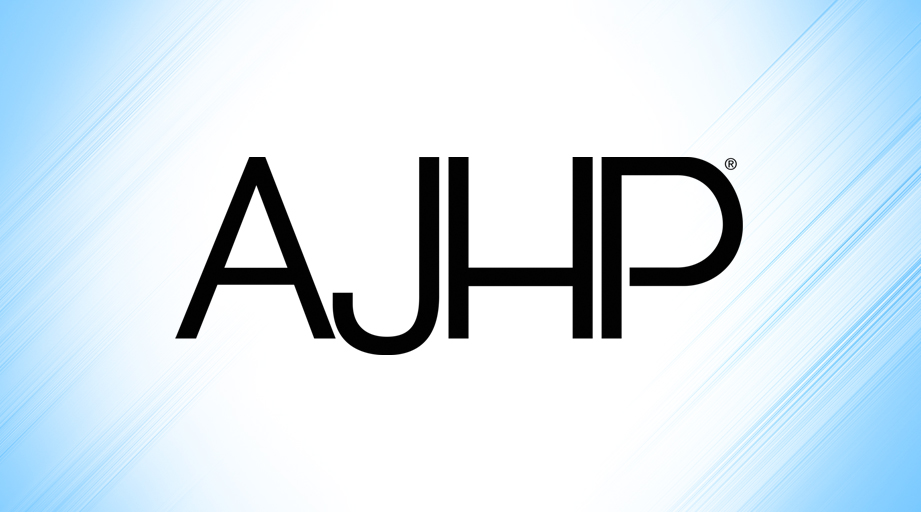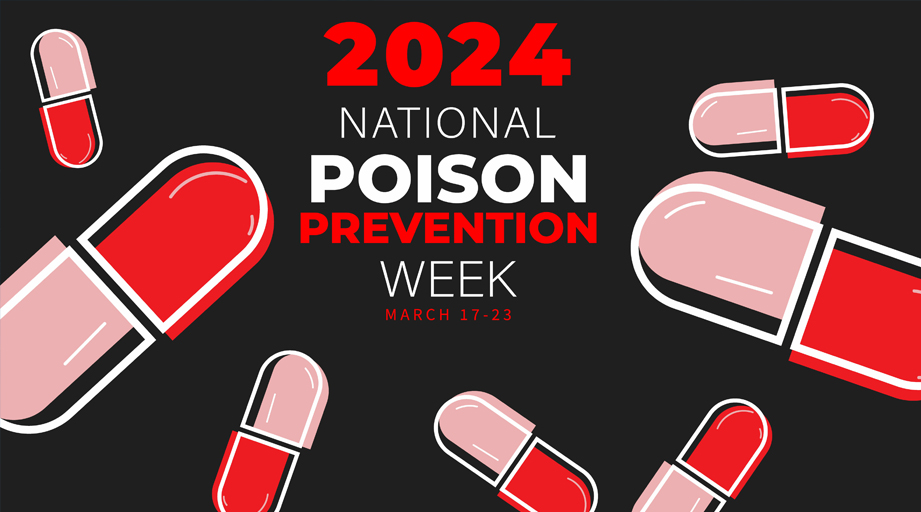
A systematic effort by a team of pharmacists has identified 28 medication-related quality measures that can form the basis for documenting the quality and value of the profession’s services in inpatient and outpatient settings.
Results of the project, the work of ASHP’s Pharmacy Accountability Measures (PAM) Work Group, were reported in the June 15 issue of AJHP along with a supporting editorial penned by leaders at the National Quality Forum (NQF).
The 28 quality measures that the PAM team identified are a subset of more than 650 measures involving medication use or management, nearly all of them endorsed by NQF.
 “This is an effort to provide a starting point to increase the speed at which our field can learn together regarding selection, use, and customization of quality measures for pharmacy accountability,” said lead author Mary Andrawis, Executive Director for High Reliability at the American Hospital Association.
“This is an effort to provide a starting point to increase the speed at which our field can learn together regarding selection, use, and customization of quality measures for pharmacy accountability,” said lead author Mary Andrawis, Executive Director for High Reliability at the American Hospital Association.
Coauthor Jannet Carmichael, President of Pharm Consult NV LLC, said the number of quality, safety, and value metrics that pharmacists contribute to is growing. That presents challenges for implementing a common framework for improvement efforts.
“Rather than have each pharmacist sort through the thousands of metrics out there, we challenged a group of subject matter experts to do it for them,” Carmichael said of the PAM team’s work. “We wanted to find those measures that pharmacists could have the most impact on to improve patient outcomes.”
The PAM Work Group solicited public comments on the selected quality measures before finalizing the list.
The 28 quality measures focus on antithrombotic safety, cardiovascular control, glycemic control, pain management, behavioral health, and antimicrobial stewardship.
 Seven of the measures were retained from the PAM Work Group’s previous recommendations, which were reported in AJHP in 2014. The current work focused almost exclusively on measures endorsed by NQF.
Seven of the measures were retained from the PAM Work Group’s previous recommendations, which were reported in AJHP in 2014. The current work focused almost exclusively on measures endorsed by NQF.
“When endorsed by NQF, metrics have been vetted and tested,” Carmichael said.
Each quality measure met preselected feasibility criteria related to the quality of supporting evidence, accuracy, ease of access to the measure, low likelihood of unintended consequences, beneficial effects on outcomes, and utility and relevance to healthcare stakeholders.
In selecting quality measures, the PAM Work Group also factored in emerging clinical and therapeutic areas of importance and relevance to national strategies for improving health.
The final list consists of six quality measures each for antithrombotic safety and cardiovascular control, four each for glycemic control and antimicrobial stewardship, five for pain management, and three for behavioral health.
All categories include quality measures covering medication management in both inpatient and outpatient settings, and all except pain management include at least one quality measure that addresses transitional care services.
The AJHP report states that the behavioral health domain, which wasn’t addressed in the working group’s 2014 recommendations, reflects a growing interest in reducing clinical variability in the treatment of behavioral health conditions.
Andrawis said the U.S. epidemic of opioid misuse and abuse underscores the need to focus training and resources on behavioral health problems. She said this is a clinical area “where pharmacists can provide incredible value to improving patient care.”
Not all of the selected quality measures have been adopted by accrediting organizations or by regulators such as the Centers for Medicare and Medicaid Services.
Andrawis said it’s important for healthcare leaders to consider future needs for quality reporting while also tracking and trending measures from payers and accrediting groups.
“I think we need to ultimately focus on the quality of care for our patients and our nation. This is what payers and accreditors want too,” she said.
Carmichael said a team of pharmacy informatics specialists provided invaluable help to the PAM Work Group by developing “pseudocode” to identify appropriate patient populations for each quality measure.
“These SQL code parameters will allow anyone to define exactly which patients should be included in the numerator and denominator for each of the quality measures we have recommended. This should be a huge help to anyone who wants to measure or compare metrics, either over time or with others, using electronic health records from their institutional database,” Carmichael said.
The code parameters will soon be freely available from ASHP’s website.









